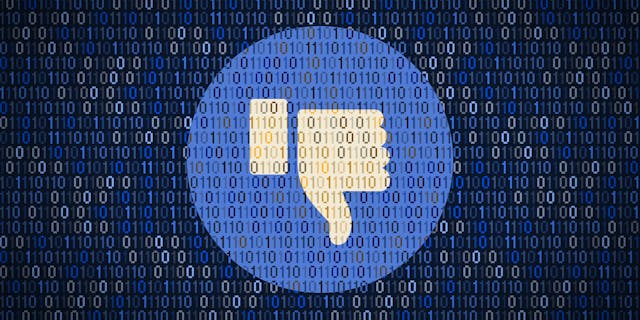When social media came along, higher education marketers were quick to recognize the value in building communities and audiences around their brands. For the first time ever, multiple audiences—prospective students, donors, alumni, parents—were available and delivered to us in the same space. We could market our institutions and target messaging to these groups and individuals based on their likes/dislikes and the interests they had willingly shared with Facebook. It was a fever dream to keep up with the fast-moving, ever-changing social media channels that held so much promise.
And the price for this marketing utopia? Cheap. Higher education marketers moved more and more of our strategy toward paid social media marketing. Enrollment marketers piggybacked on the traditional practice from our colleagues in admissions of buying lists of names of students who have taken the ACT and SAT. We used those lists to deliver targeted messaging and to build look-a-like audiences, finding like-minded and qualified students with the hopes that they (or their parents) would join our prospective-student admissions funnel. The result was complex campaigns that crossed the boundaries of social media, like Facebook, and our own channels, like university websites or institutional email. We used invisible pixels to track a prospect’s actions and then retargeted ads to him or her based on their stage in the application process.
It all seemed too good to be true. And maybe that’s because it was.
Facebook celebrates its 18th birthday this year. Anxiety about its ethics has been around almost since its infancy, and privacy issues surfaced as early as 2007. But this was a new world with new tools. Marketers felt pressure to move at a previously unheard-of pace to keep up with platform and algorithm changes and didn’t necessarily feel able to pause and consider the consequences.
Yet as Facebook comes of age, it’s fair to reflect on the company’s motives, ethics, and actions. Facebook whistleblower Frances Haugen provided testimony to Congress in 2021, where she explained how the company has failed to stop the spread of misinformation, is aware that apps like Instagram cause harm to teenagers, and has algorithms that are constantly tweaked to deliver engaging but problematic content. Those concerns have gotten even louder with the company’s shift in name and strategy as it redubbed itself Meta. Investors have lost trust in company leader Mark Zuckerberg. So has the public. According to the 2022 Edelman Trust Barometer survey of more than 36,000 people in 28 countries, only 37 percent of respondents state that they trust social media as a source for general news and information.
The implications of this for colleges and universities are twofold. We’ve aligned ourselves with a partner that is in direct opposition to the values higher education claims to hold dear: truth, curiosity, democracy, critical thinking and debate. Yet we’ve become so dependent on Facebook’s ecosystem of advertising that many higher ed professionals feel pressure to stick with it at the expense of developing other, more sustainable online channels and platforms that universities own or that give them more control, such as their own websites or more-private social media tools.
It’s time that higher ed examines the cost of being associated with a brand like Facebook. Higher ed serves as one of the country’s cornerstones of democratic ideals and as a breeding ground for civic engagement and civil dialogue. What does it say about us that we continue to use these tools to reach our audiences when Facebook has shown us that its values don’t align with ours? The public perception of higher ed has been eroding over the last two decades. Which organizations we align with—both at the institutional and industry level—matters. Would you choose an advertising or branding agency with Facebook’s track record?
Colleges and universities have built a house of cards on rented land. We have become an industry spoiled by more than a decade of easy wins through social media marketing. However, that rented land is more expensive than it seems. Take, for instance, the businesses that were so dependent on Facebook that one algorithm change destroyed their companies.
Higher ed spends billions of dollars a year on advertising. That economic influence is powerful, yet we fail to use it to protest companies’ actions that run counter to our ethos. Higher ed could enact a boycott of services in response to practices we disagree with, or pressure social media companies by threatening to take—and then taking—our billions in ad spending elsewhere if not heard. But without a collective effort, perhaps championed by an industry association or lobbying group, organic adoption of these measures would be needed. That might be difficult for campus marketing teams who already find themselves under-resourced. Awareness and radical reflection are a good place to start. From there, we can plot a course forward, seeking strategies that will elevate our collective work into a new era of using marketing tools and creating partnerships with intention.
The alternate realities Meta offers are meaningless if we can’t address our current reality. We’ve gotten too used to quick wins. Marketers must take this time to reset, reflect on past strategies that worked well, and find new partners that align with our institutional values. Could leaving Facebook cause problems for colleges reliant on tuition revenue? Maybe. Will institutions that choose to do this be criticized? Possibly. But we can’t be held hostage by the what ifs. We must be institutions worthy of the public’s trust if we hope to rebuild the reputation of higher ed.


